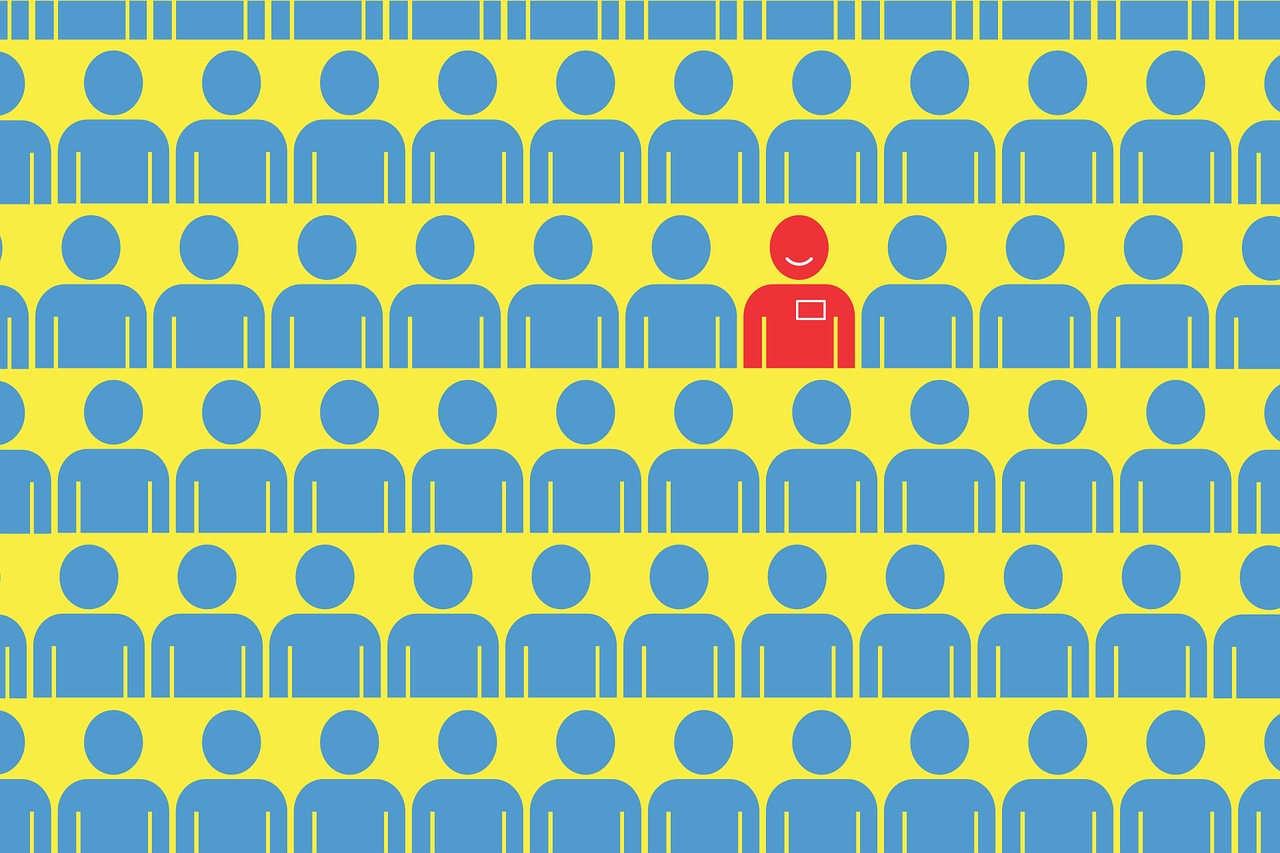In Europe today the German government announced a slight increase in unemployment and Eurostat, the European statistical agency of the European Union, reported no change in August unemployment figures compared to July for the Euro zone.
German unemployment increased 25,000 in September, to the surprise of many analysts who had expected a moderate 5,000 fall.
Unemployment in the Euro zone was 12% in August, Eurostat reported from Luxembourg. Economists had predicted a slight rise to 12.1%.

With 2.975 million unemployed, Germany’s unemployment rate rose from 6.8% in August to 6.9% in September.
According to Germany’s Federal Labor Office, the number of government job schemes had been reduced, which pushed unemployment up slightly.
In an interview with Reuters, Mario Gruppe of Nord LB said “The increase is not yet dramatic. We will see in the coming months whether it is a cloud in a fair sky – unemployment is still especially low compared to Europe – or the first signs of rougher weather.”
Germany’s Labor office spokesman, Heindrich Alt said “The seasonal increase in September is due to labor market policies providing less relief.”
The jobs data for Germany and the Eurozone (ECB) come one day before the European Central Bank meets to decide on interest rates. The ECB is expected to make no changes to its loose monetary policy, especially after Eurostat announced yesterday that Euro zone inflation dropped to 1.1% annualized in September from 1.3% in August.
At the end of the second quarter of this year, the Euro zone’s 18-month recession was declared as officially over. During Q2 2013, the bloc’s economy grew an annualized 1.2%.

Unemployment within Euro zone countries varies considerably
However, the Eurozone’s recovery is uneven. While France and Germany are doing relatively well, Spain, Greece and Portugal have extremely high unemployment rates and very low domestic demand.
ECB president, Mario Draghi, said one month ago “I can’t share the enthusiasm.” He was referring to the uneven spread of growth between the struggling periphery and the strong economies like Germany.
The Euro zone consists of countries in the European Union that use the Euro as their currency. It includes the following member states: Austria, Finland, Slovakia, Slovenia, Portugal, Belgium, Germany, Estonia, Ireland, Greece, Spain, France, Italy, Cyprus, Luxembourg, Malta, and the Netherlands.
The following nations are members of the European Union but not in the Euro zone: United Kingdom, Sweden, Romania, Poland, Bulgaria, Czech Rep., Denmark, Hungary, Latvia, and Lithuania.
Unemployment in the EU28 countries (Euro zone plus non-Euro zone countries in the European Union) stood at 10.9% in September.
In August there were 26.595 million unemployed in EU28 (19.178 million in the Euro zone).
Among Euro zone member states in August, Austria (4.9%) had the lowest unemployment, followed by Germany (5.2%), and then Luxembourg (5.8%). Greece (27.9%) had the highest, followed by Spain (26.2%).
During the second quarter of 2013, youth unemployment (under 25 years) was highest in Greece (61.5%), followed by Spain (56%), and then Croatia (52%).
Unemployment in the United States in August 2013 was 7.3%, down from 7.4% in July and 8.1% in August 2012.
Unemployment in the UK stood steady at 7.8% in August.

